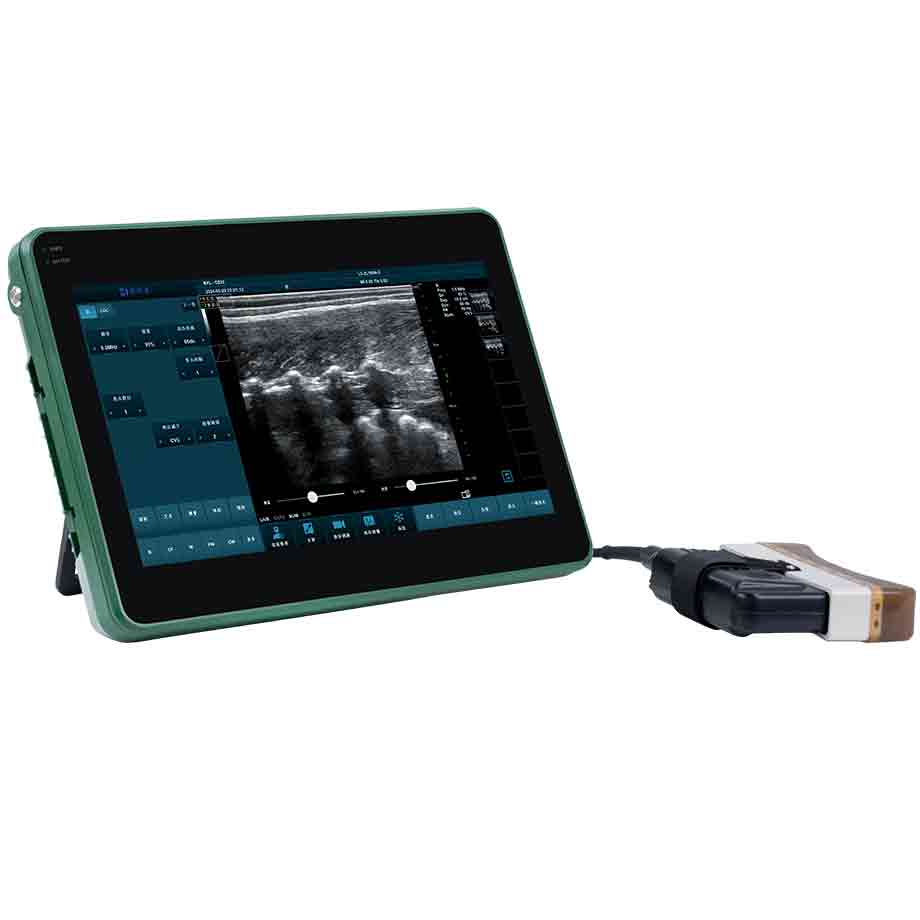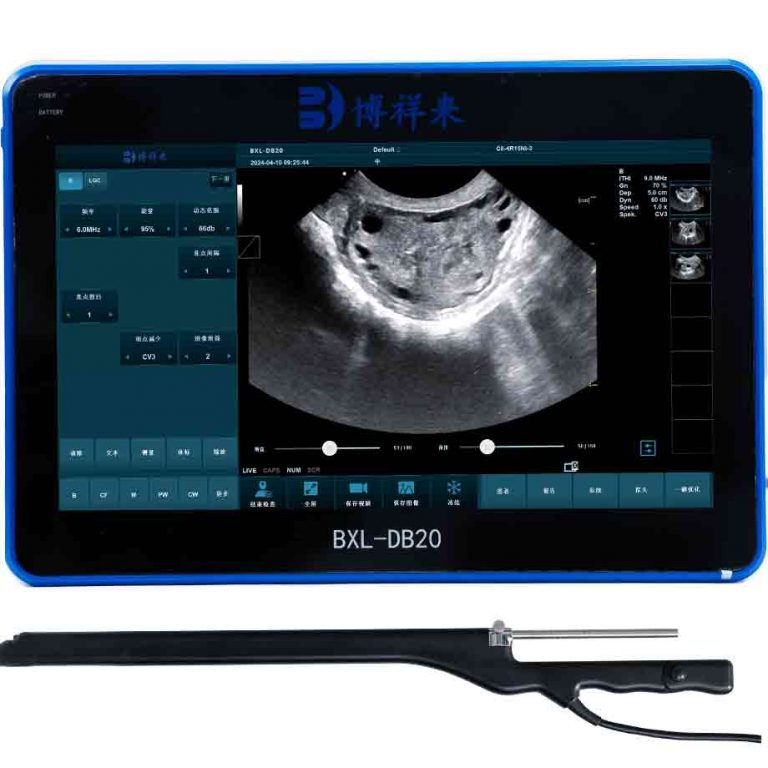What is the Function of Ultrasound Instruments for Horses?
Ultrasound technology plays a crucial role in veterinary medicine, particularly in equine care. Used for diagnostic and therapeutic purposes, ultrasound instruments provide real-time imaging that helps veterinarians assess internal structures in horses without invasive procedures. In this article, we will explore the function of ultrasound instruments for horses and their benefits in equine healthcare.

What is Equine Ultrasound?
Equine ultrasound is a non-invasive imaging technique that uses high-frequency sound waves to create detailed images of a horse’s internal structures. The ultrasound machine transmits sound waves through a probe, which then bounce off tissues and organs to produce an image on a screen. This method allows veterinarians to examine soft tissues, detect abnormalities, and monitor health conditions effectively.
Key Functions of Ultrasound Instruments for Horses
1. Diagnosing Soft Tissue Injuries
Ultrasound instruments are widely used for diagnosing soft tissue injuries in horses, including ligament and tendon damage. Conditions such as tendonitis and suspensory ligament injuries are common in performance horses, and ultrasound helps detect the severity and location of these issues.
2. Reproductive Health Monitoring
Breeding management in horses significantly benefits from ultrasound technology. Veterinarians use ultrasound to:
- Monitor follicular development in mares
- Detect pregnancy at an early stage
- Identify reproductive abnormalities
- Assess fetal health and development
3. Assessing Musculoskeletal Disorders
Horses are prone to musculoskeletal disorders, including joint inflammation, muscle tears, and fractures. Ultrasound allows veterinarians to visualize these structures in real-time, aiding in accurate diagnoses and treatment planning.
4. Detecting Internal Organ Abnormalities
Ultrasound can be used to examine internal organs such as the liver, kidneys, spleen, and intestines. This helps in diagnosing gastrointestinal disorders, colic, and organ abnormalities without requiring surgical intervention.
5. Guiding Medical Procedures
Ultrasound imaging assists veterinarians in guiding procedures such as:
- Joint injections
- Fluid drainage
- Biopsies
- Surgical interventions This ensures precision and minimizes the risk of complications.
6. Monitoring Recovery and Treatment Progress
After an injury or medical procedure, ultrasound is used to monitor a horse’s healing progress. Regular imaging helps veterinarians adjust treatment plans and ensure optimal recovery.
Benefits of Ultrasound for Equine Healthcare
- Non-invasive and painless – Provides detailed imaging without causing discomfort.
- Real-time imaging – Offers immediate visualization of internal structures.
- Early detection of conditions – Helps identify issues before they become severe.
- Safe and radiation-free – Unlike X-rays, ultrasound does not expose horses to radiation.
- Cost-effective – Compared to other imaging methods, ultrasound is relatively affordable and accessible.




